AutoMix gets the hype in iOS 26's Music app, but there’s another change that’s even better
Pinned music is the iOS 26 addition everyone will use
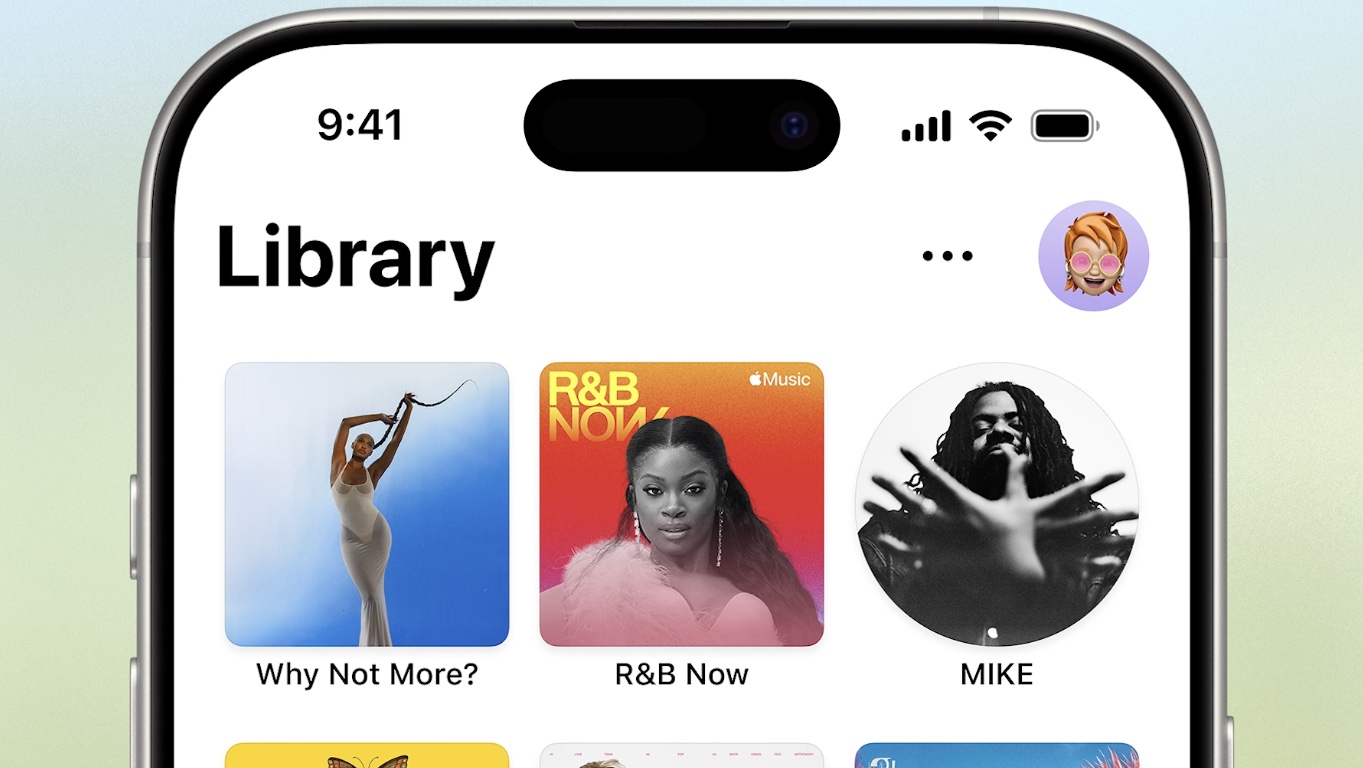
The built-in Music app doesn't get lost in the shuffle in Apple's iOS 26 update. Indeed, amid the Liquid Glass overhaul to the iPhone's interface — including the look of the Music app — a trio of new features will appear aimed at getting more out of your favorite tunes.
One of the biggest additions — an AutoMix feature to seamlessly transition between songs — is aimed at Apple Music subscribers, while a translation tool for song lyrics will be limited initially to select songs in a handful of languages. It's the third change — the ability to pin your favorite artists, songs, albums and playlists to the top of your Music Library — that figures to benefit the most people in iOS 26 Music.
In fact, after spending some time with the Music app in the iOS 26 developer beta to try out AutoMix, it's the pinning feature that I wound up appreciating the most. Here's what to expect from both of those new additions, and some more information about translated lyrics, should you decide to try out iOS 26 for yourself once the public beta arrives this month.
AutoMix in iOS 26
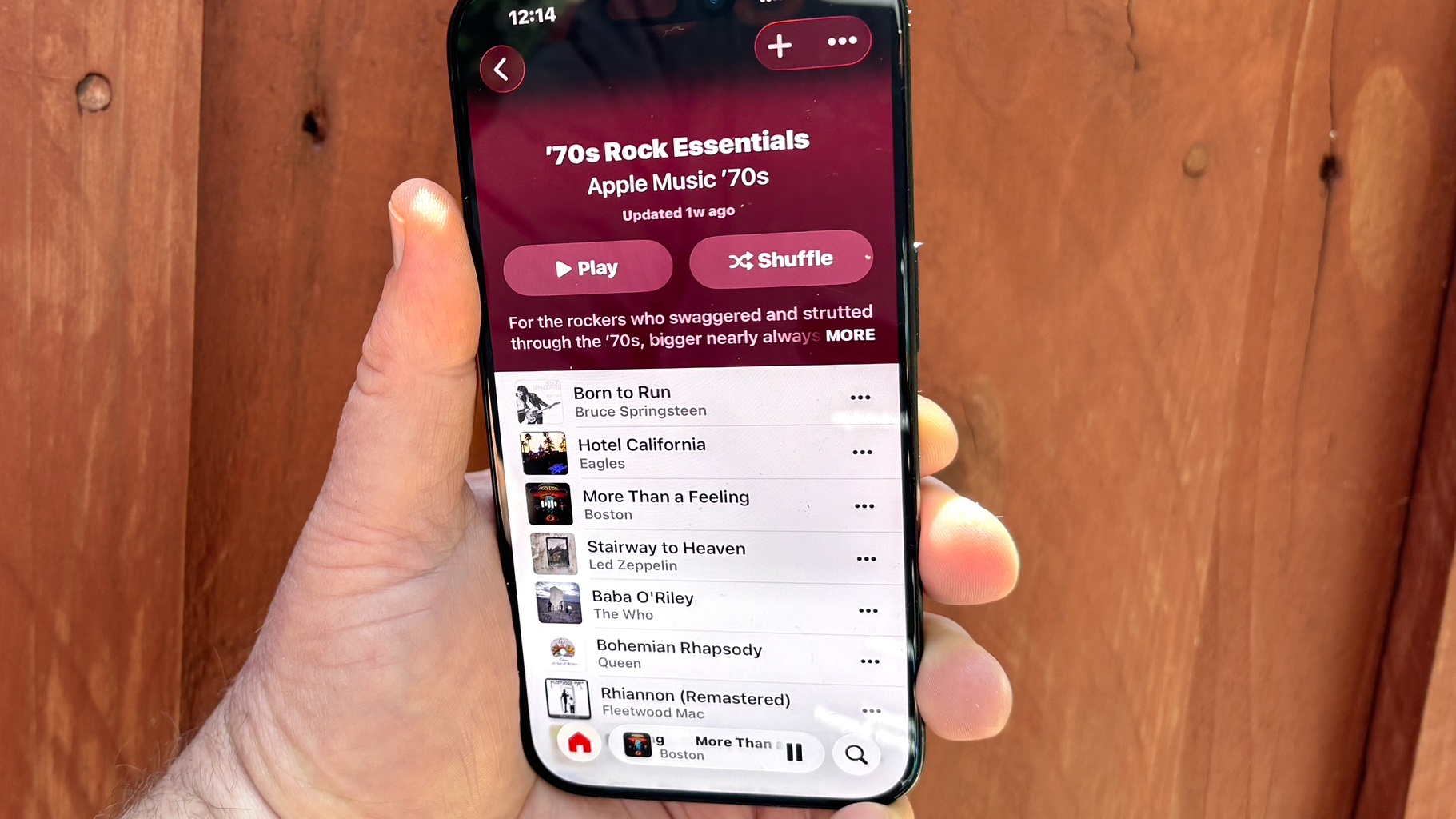
To experience iOS 26's AutoMix feature in the Music app, you need to first take care of two items of business. Number one, make sure you're an Apple Music subscriber, as AutoMix is limited to Apple's music subscription service. After that, you'll need to turn on the feature in the Music app's Settings.
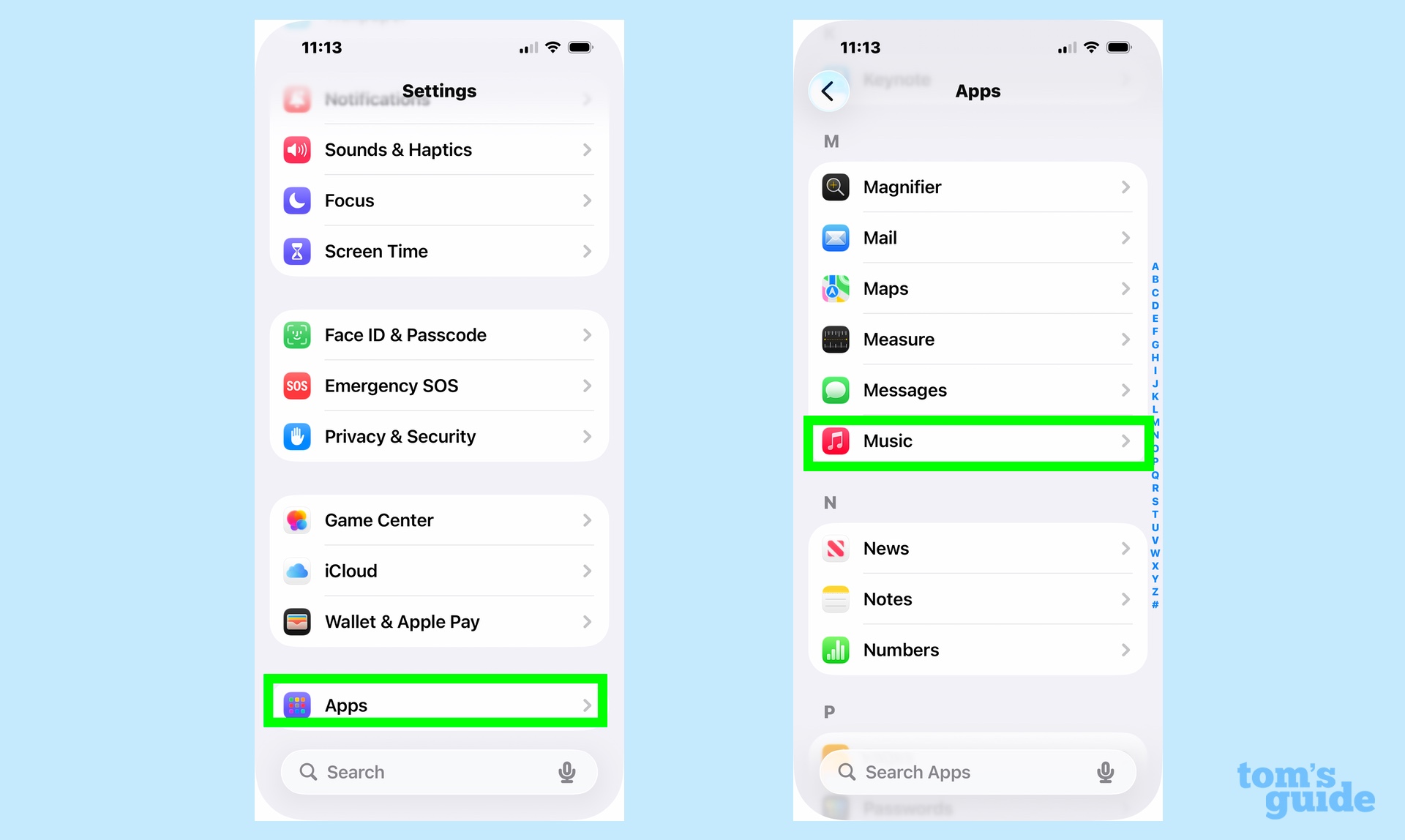
Launch the Settings app, tap on Apps and then pick Music from the list of apps installed on your phone.
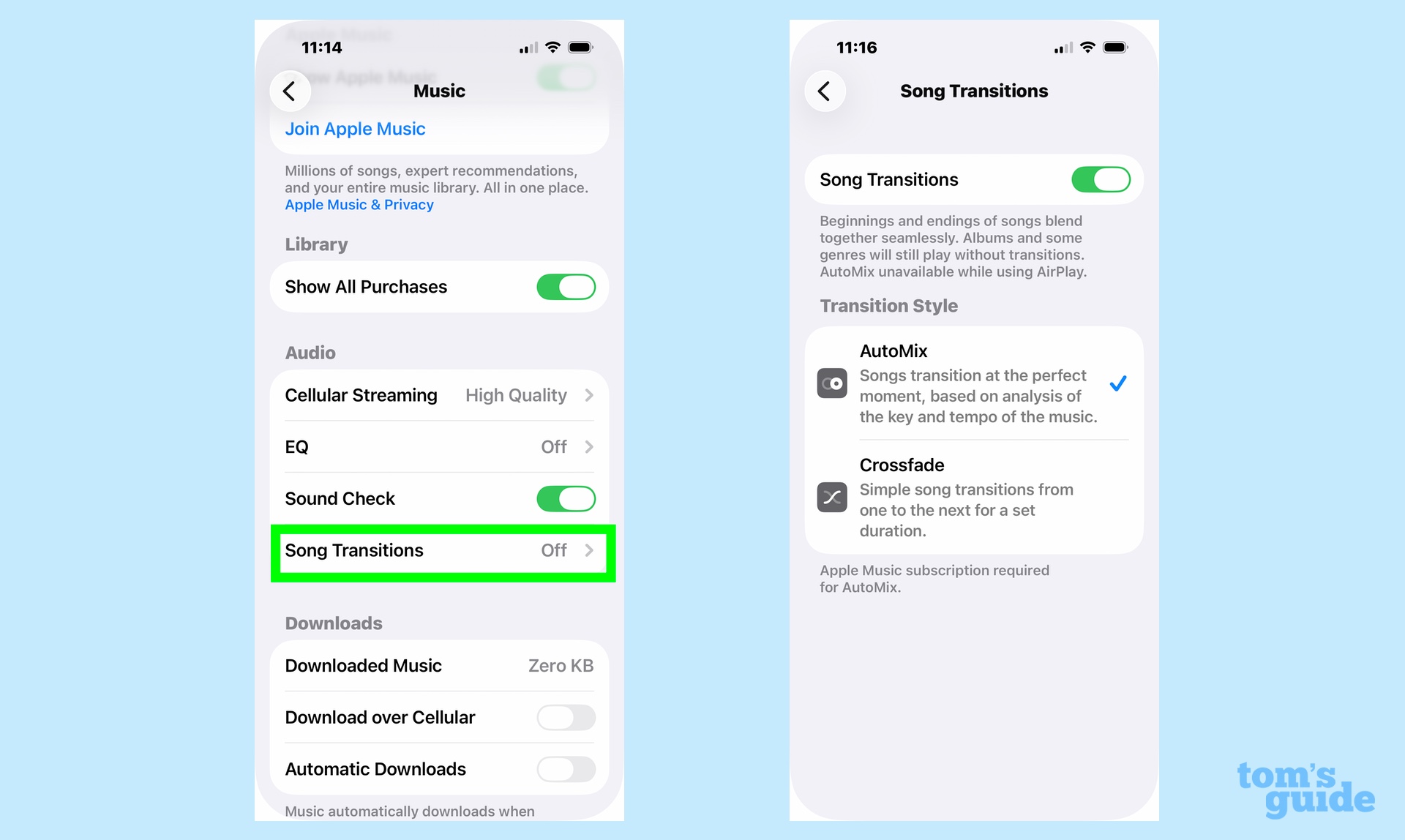
From there, select Song Transitions from the options under the Audio heading. On the subsequent screen, toggle on the Song Transitions button and select AutoMix as the Transition Style. (If you don't subscribe to Apple Music, the AutoMix option will appear grayed out.)
I tried playing around with AutoMix using songs from my own library, first with a playlist I created specifically to test out transitions from one song to the next, then by just going into my library and hitting shuffle to randomly play songs. But I didn't notice any slick transitions between each song — just the usual beats as one track gave way to the next. It was then that I figured out AutoMix's magic is limited to Apple Music songs only, something Apple doesn't spell out on its iOS 26 preview page.
Get instant access to breaking news, the hottest reviews, great deals and helpful tips.
No matter: I tapped on an Apple-curated playlist of '70s rock and immediately noticed the impact of AutoMix. As Boston's "More Than a Feeling" began to fade to a close, the opening strains of "Stairway to Heaven" by Led Zeppelin could be heard. Similarly, the opening guitar of "Hotel California" started playing over the fade out from "Born to Run."
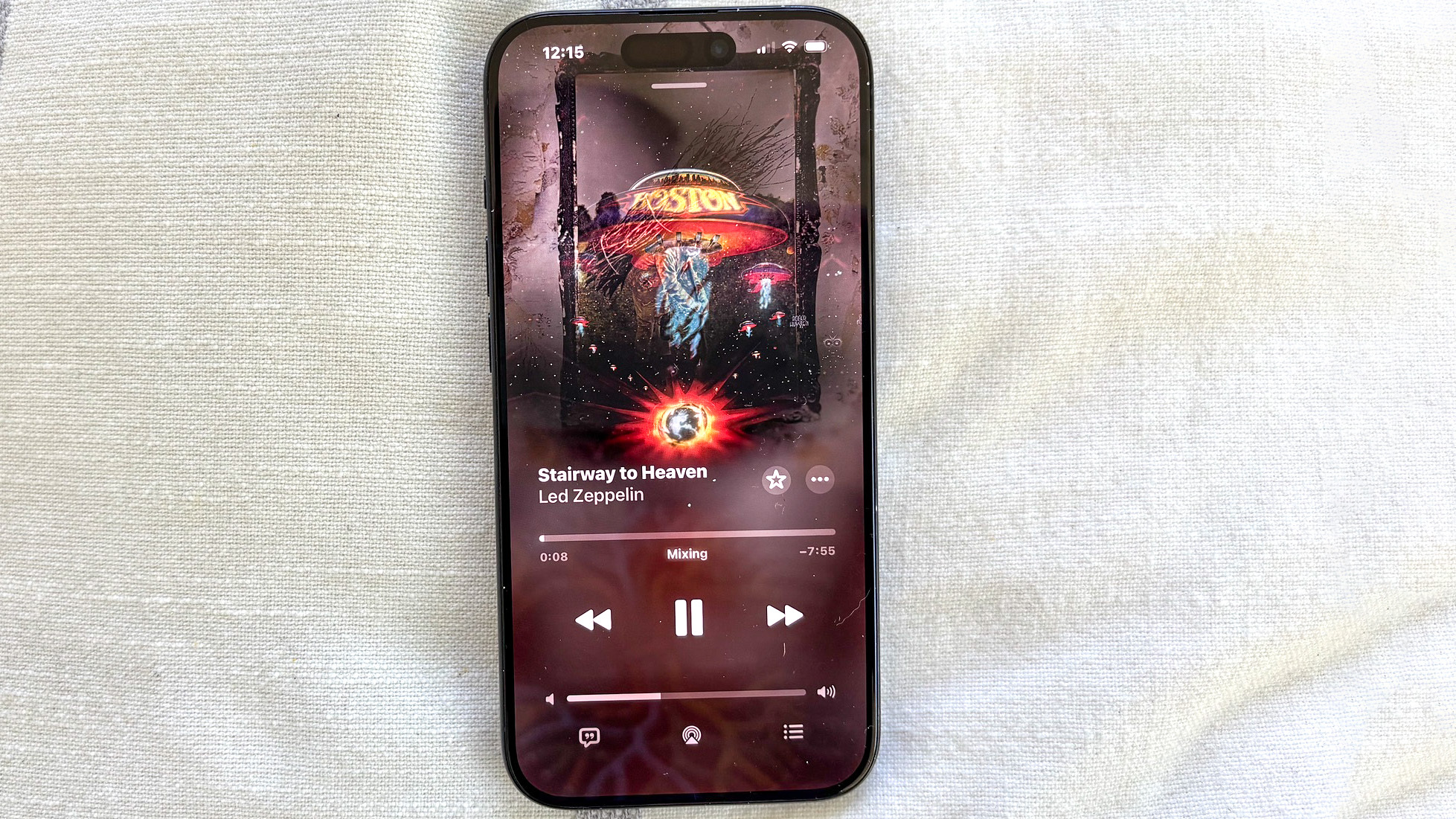
Another nice touch that happens with AutoMix enabled is a slow fade between album art. During the aforementioned Boston-to-Zeppelin transition, the "Boston" album cover slowly gave way to the "Led Zeppelin IV" artwork on my iPhone 15 Pro screen.
This is probably not the sort of thing that convinces people who haven't subscribed to Apple Music to part with their $10.99/month subscription fee, but for those who've signed on, it's a nice addition via iOS 26. Hopefully, it eventually extends to other tracks like songs that you've bought from Apple's music store.
Pinned library items
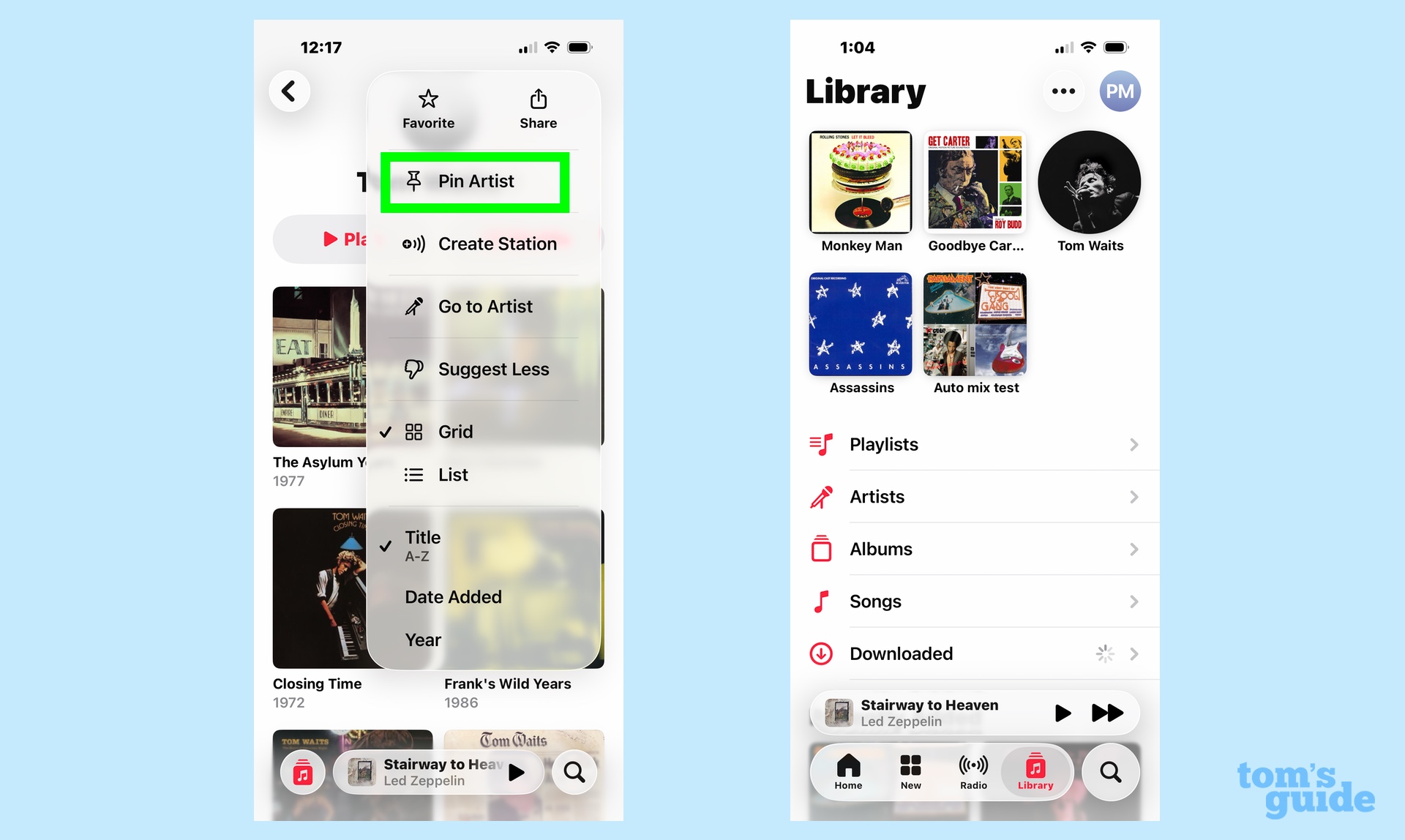
iOS 26 give you more choice of what appears at the top of the Library tab in the Music app, thanks to a new pinning feature.
Say you've got a favorite song — just tap and hold on the title. A pop-up menu will appear with various options like Add to a Playlist, Play Next and more. The iOS 26 addition you're interested in is Pin Song. When you tab that your song will appear at the top of the Library screen, above the menu for Playlists, Artists, Albums, Songs and Downloaded.
Pinning works with more than just songs. I've used it to adorn the top of my Library with albums, artists and playlists I want quick access to.
And that's the advantage of pinning — it save you taps when it's time to find your absolute favorite music. Let's say you've got a playlist of workout tunes you like to fire up at the start of a run — pin that playlist and it will be waiting for you at the top of the Library tab.
Are pins a revolutionary new change to the way the Music app works? Not at all. But it's one of those quality-of-life improvements you come to appreciate the more you make use of it.
Other iOS 26 Music changes
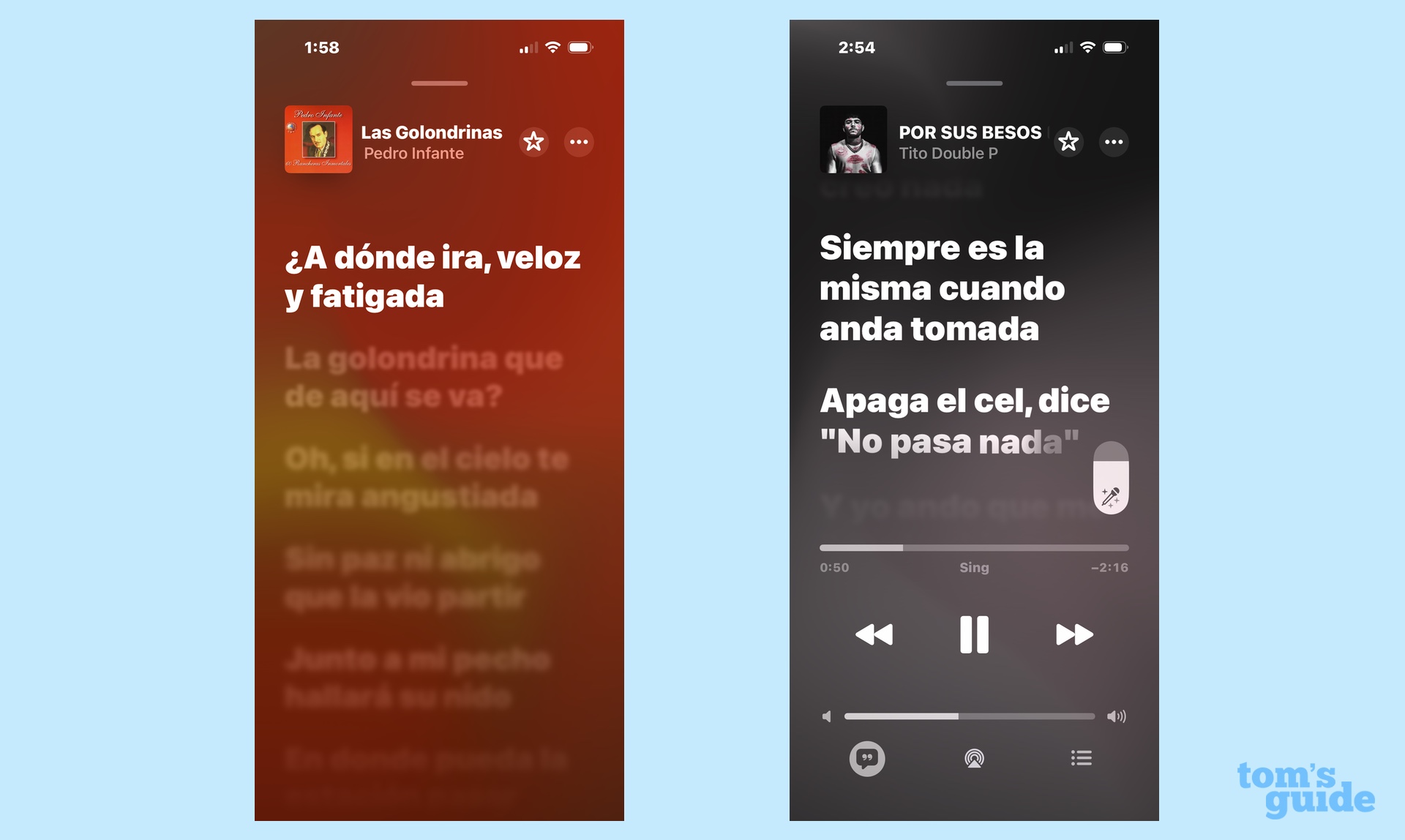
The other advertised addition coming to Apple Music is translations for lyrics, a feature that doesn't appear to be live just yet. I played a version of "Las Golondrinas" via Apple Music, and while the lyrics appeared in Spanish as you'd expect, there was no Spanish-to-English translation, which is one of the supported languages Apple will offer.
In case you're interested, other supported languages for translated include English to Chinese, English to Japanese, Korean to Chinese, Korean to English and Korean to Japanese.
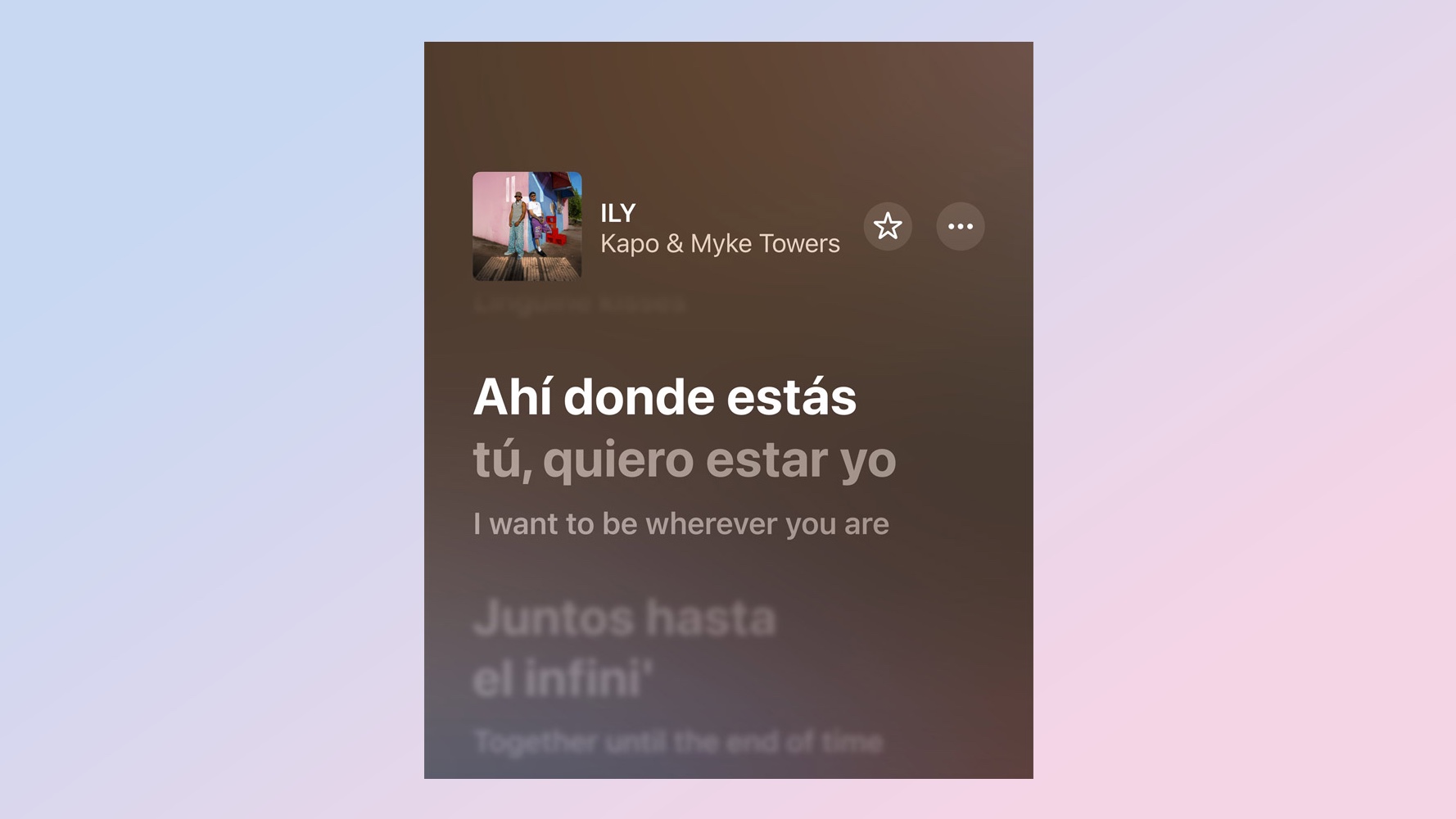
The translation feature seems largely geared toward Apple Music Sing, the karaoke mode that's available to Apple Music subscribers. Once translations are available, you'll have the ability to sing along in your native language, assuming the song you've picked is one of the selected ones to have translated lyrics.
iOS 26 Music outlook
AutoMix certainly delivers what it promises in the current version of Apple's iOS 26 beta, though the fact that it's only available via an Apple Music subscription will limit its appeal. Pinned music, on the other hand, is something everyone can take advantage of, and it feels very consistent with Apple's push toward making its iPhone software more reflective of your tastes.
More from Tom's Guide
- Best streaming music services
- I've been testing iOS 26 for a month — 5 tips you need to know before trying the public beta
- iOS 26 Photos — here's the biggest upgrades for your iPhone
Philip Michaels is a Managing Editor at Tom's Guide. He's been covering personal technology since 1999 and was in the building when Steve Jobs showed off the iPhone for the first time. He's been evaluating smartphones since that first iPhone debuted in 2007, and he's been following phone carriers and smartphone plans since 2015. He has strong opinions about Apple, the Oakland Athletics, old movies and proper butchery techniques. Follow him at @PhilipMichaels.
You must confirm your public display name before commenting
Please logout and then login again, you will then be prompted to enter your display name.

